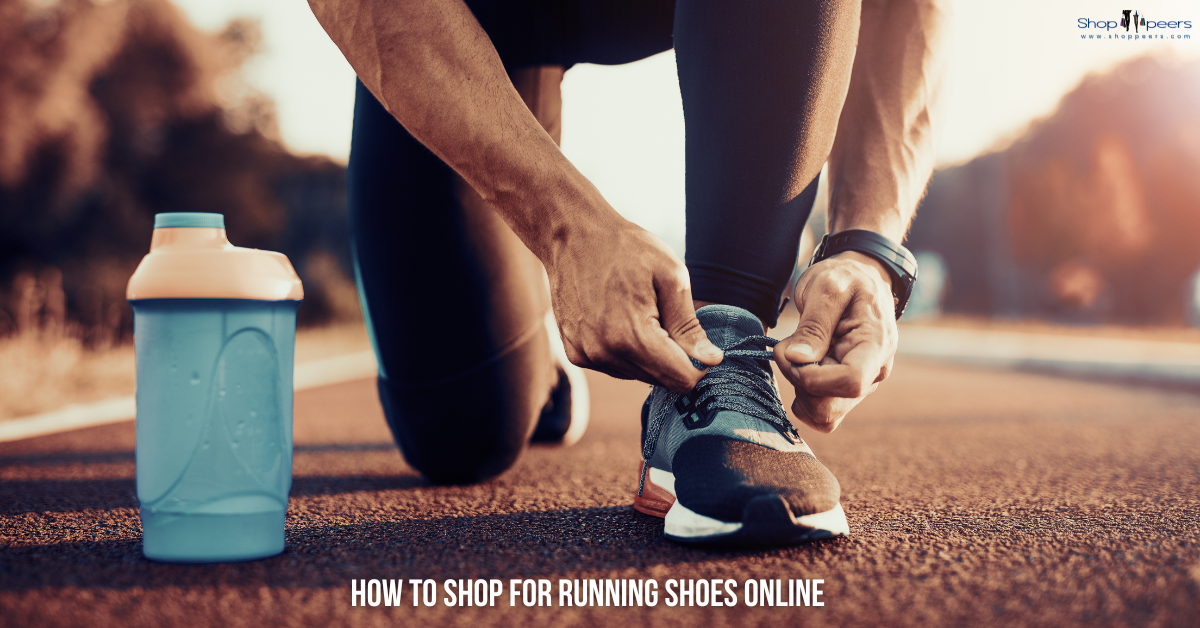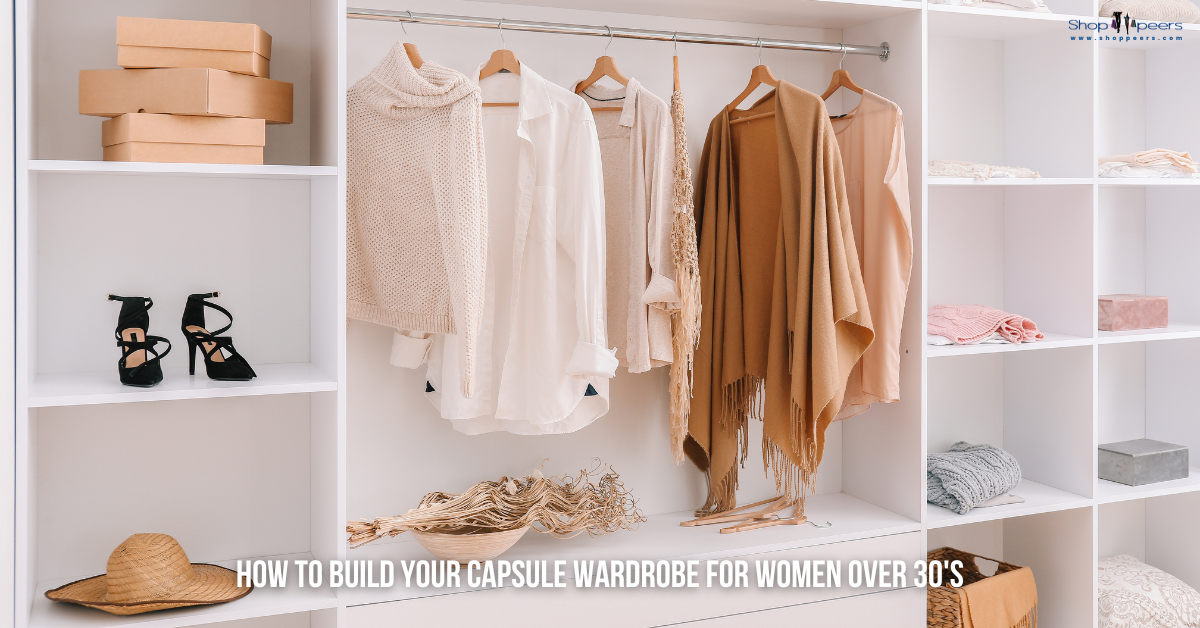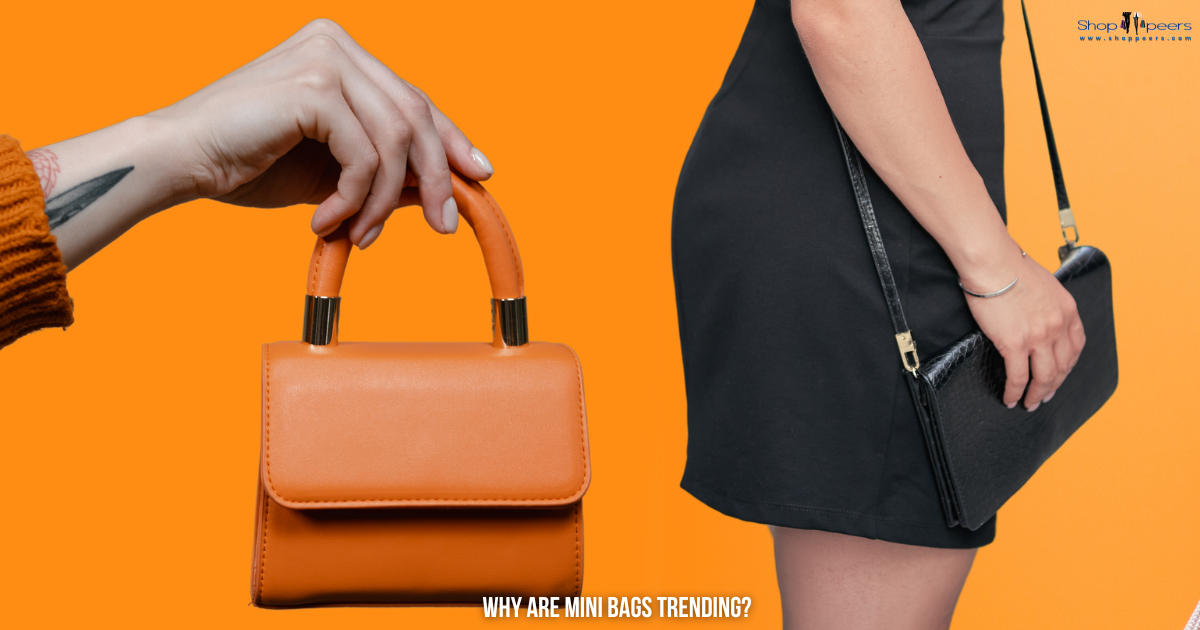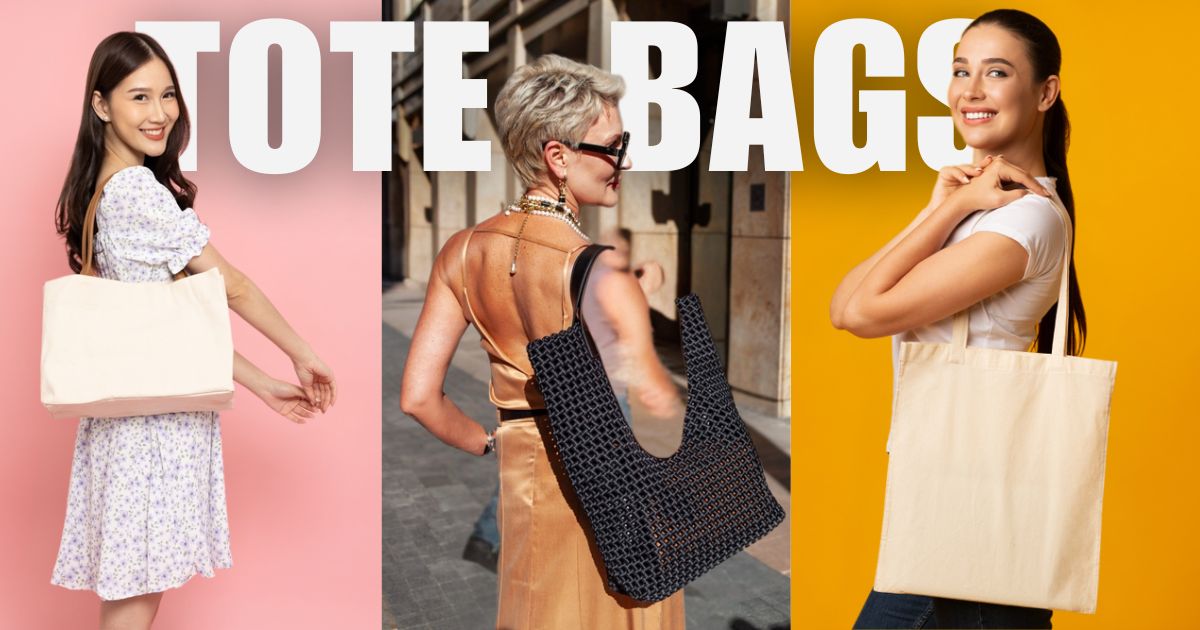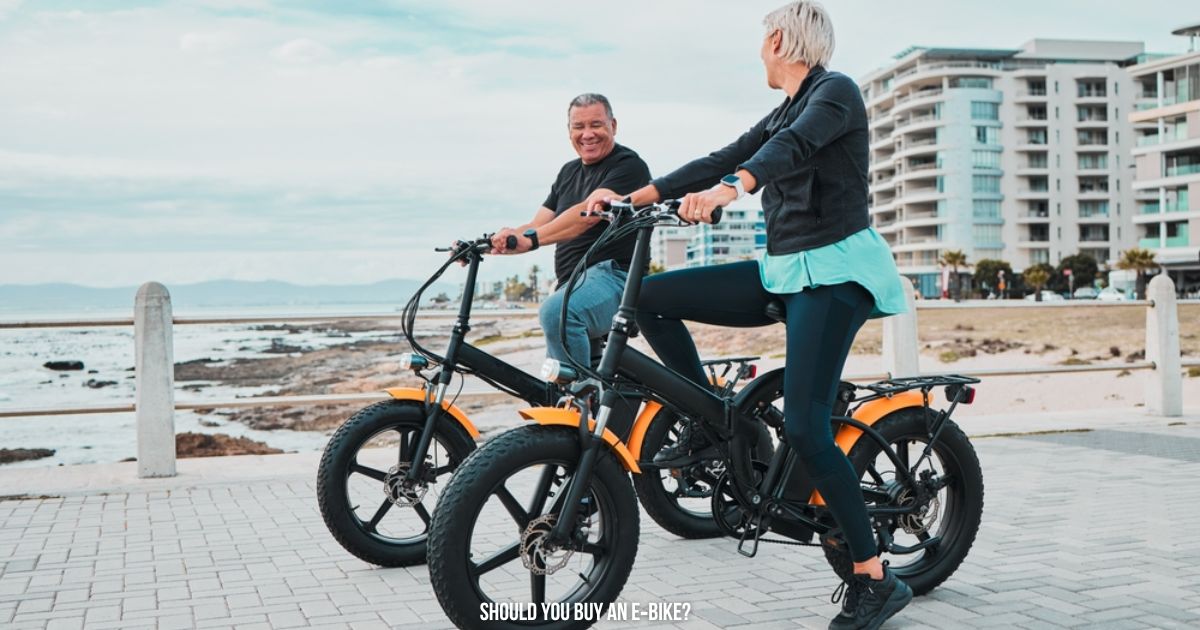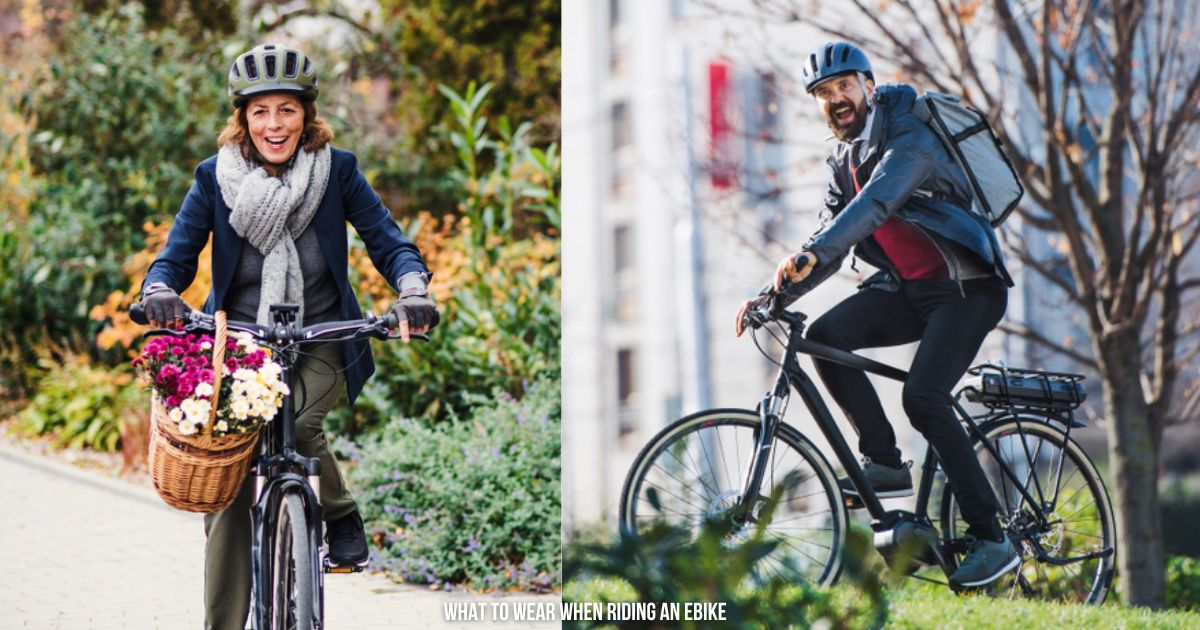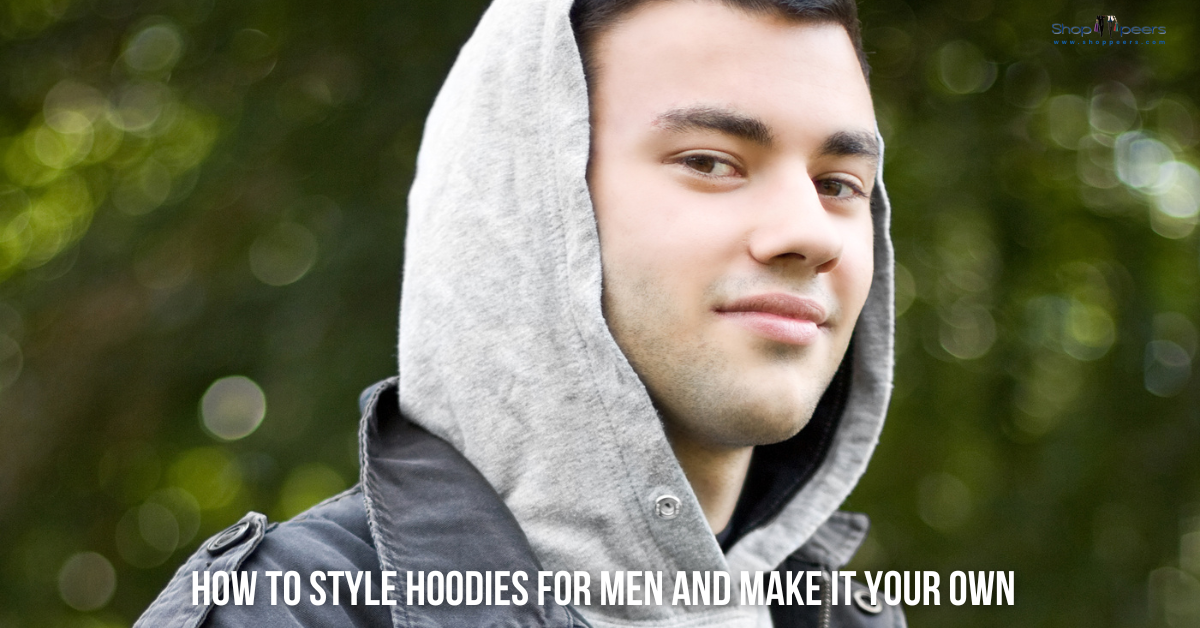Are you ready to hit the pavement but feeling overwhelmed by the endless choices of running shoes online? You’re not alone. With countless brands, styles, and features available, picking the right pair can be daunting, especially for beginners. Finding the perfect running shoe involves more than just picking a trendy design; it’s about understanding what suits your feet and running style. This guide will walk you through how to shop for running shoes online, ensuring you make an informed decision that supports your running goals and keeps you comfortable.
Shopping for running shoes online offers convenience, but it also requires careful consideration to avoid common pitfalls. From understanding your foot type to knowing the different types of running shoes available, this guide will help you make sense of the overwhelming options. By following these tips and using the right resources, you’ll be well on your way to finding the perfect pair for your running journey.
Steps in How to Shop for Running Shoes
Understanding Your Feet: Before diving into the specifics of different running shoes, it’s crucial to understand your feet. This knowledge will guide you in selecting a shoe that complements your foot structure and running style. Here’s a detailed breakdown of the key factors to consider:
Foot Arch Type
- High Arch
- Characteristics: People with high arches have less surface contact with the ground. This can lead to less shock absorption and increased pressure on the ball and heel of the foot.
- Potential Issues: High arches can cause discomfort and increase the risk of injury due to insufficient shock absorption and uneven weight distribution.
- Recommended Shoes: Look for running shoes with ample cushioning and flexibility. These features help absorb impact and provide comfort. Shoes with added arch support can also help alleviate pressure and provide a more balanced running experience. Brands like Asics and Saucony offer models with excellent cushioning for high arches.
- Neutral Arch
- Characteristics: A neutral arch indicates that your foot has a balanced structure with even weight distribution. Your foot rolls slightly inward with each step.
- Potential Issues: Generally, a neutral arch does not lead to significant issues. However, it’s still essential to choose a shoe that offers adequate support and cushioning to maintain comfort and performance.
- Recommended Shoes: You can choose from a wide range of running shoes, including those designed for stability and cushioning. Neutral running shoes will provide a good balance of support and comfort. The Brooks Ghost series and Nike Air Zoom Pegasus are popular choices for those with a neutral arch.
- Flat Feet
- Characteristics: Flat feet, or fallen arches, cause the entire foot to make contact with the ground. This condition often leads to overpronation, where the feet roll excessively inward.
- Potential Issues: Flat feet can result in overpronation, which can cause foot, knee, and hip pain if not properly supported.
- Recommended Shoes: Look for shoes with motion control features or stability shoes that offer extra support to manage overpronation. Motion control shoes are designed to provide maximum support and prevent excessive inward rolling. The New Balance 860 and Asics Gel-Kayano are well-regarded options for flat feet.
Foot Shape
- Wide Feet
- Characteristics: Wide feet require additional space to accommodate the broader foot structure. Shoes that are too narrow can cause discomfort and blisters.
- Potential Issues: Ill-fitting shoes can lead to discomfort, chafing, and long-term foot problems. It’s essential to find a shoe that offers enough room without compromising support.
- Recommended Shoes: Look for brands that offer wide sizes or shoes designed specifically for wider feet. Many brands like Brooks, New Balance, and Hoka One One provide options in wider widths. Make sure to check the size charts and fit guides provided by these brands.
- Narrow Feet
- Characteristics: Narrow feet require a snug fit to prevent sliding inside the shoe, which can lead to blisters and instability.
- Potential Issues: Shoes that are too wide can cause the foot to shift inside the shoe, leading to discomfort and potential injuries.
- Recommended Shoes: Opt for shoes with a secure fit or those available in narrow widths. Many brands like Nike and Saucony offer models that cater to narrower feet, ensuring a more precise fit.
Gait Analysis
- Neutral Gait
- Characteristics: With a neutral gait, your feet roll slightly inward (pronation) as you run. This is a natural motion that helps distribute impact evenly.
- Recommended Shoes: Neutral running shoes are designed to provide balanced cushioning and support. These shoes typically have a midsole that offers a mix of cushioning and stability without adding extra support. The Brooks Ghost and the Asics Gel-Cumulus are good examples.
- Overpronation
- Characteristics: Overpronation occurs when the foot rolls excessively inward during the running gait. This can cause excessive stress on the foot and legs.
- Recommended Shoes: Stability and motion control shoes help correct overpronation by providing additional support and structure on the inner side of the shoe. Look for features like medial posts or dual-density midsoles. The Asics Gel-Kayano and the Saucony Guide are popular choices for managing overpronation.
- Supination (Underpronation)
- Characteristics: Supination happens when the foot rolls outward during running, often due to high arches. This can lead to inadequate shock absorption and increased impact on the outer part of the foot.
- Recommended Shoes: Shoes with extra cushioning and flexibility are ideal for supination. They help absorb shock and provide better cushioning to counteract the outward roll. Models like the Nike Air Zoom Vomero and the Hoka Clifton are well-suited for those with supination.
How to Shop for Running Shoes Online: Key Tips and Tricks
Shopping for running shoes online offers convenience and a vast selection, but it also requires careful consideration to ensure you make the right choice. Follow these detailed steps to navigate the process effectively and find the perfect pair for your needs:
Know Your Size
- Measure Your Feet
- Foot Measuring Guide: Use a foot measuring guide or device, which is often available on retailer websites. This tool helps you accurately determine your foot length and width. It’s a good idea to measure both feet, as one may be slightly larger than the other.
- Size Variations: Remember that shoe sizes can vary between brands. For example, a size 9 in Nike may differ from a size 9 in New Balance. Always refer to the specific brand’s size chart, which can usually be found on the product page or the brand’s official website.
- Professional Fitting: If possible, get a professional fitting at a local store before purchasing online. This can give you a more accurate idea of your size and help you choose the right fit.
- Account for Socks
- Sock Type: Measure your feet while wearing the type of socks you plan to use for running. Running socks can be thicker than regular socks and may affect the fit of the shoe.
- Fit Considerations: Consider the additional space needed for cushioned or compression socks. This helps avoid shoes that are too tight or uncomfortable when you’re running.
Read Reviews
- Customer Feedback
- Fit and Comfort: Look for reviews that specifically mention the fit and comfort of the shoe. This can provide insights into how the shoe feels during long runs or daily wear. Reviewers often share their experiences with sizing, fit, and how the shoe performs in different conditions.
- Durability and Performance: Check for comments on the shoe’s durability and overall performance. Understanding how well the shoe holds up over time and how it performs under various conditions (like different terrains) can help you make a more informed decision.
- Specific Issues: Pay attention to any recurring issues mentioned by multiple reviewers, such as problems with sizing or discomfort in certain areas. This can help you avoid potential pitfalls.
- Expert Reviews
- Trusted Sources: Seek out expert reviews from reputable running or athletic gear websites. These reviews often provide a detailed analysis of the shoe’s features, including cushioning, support, and overall performance.
- Comparison Articles: Look for articles or videos that compare different models. This can give you a broader perspective on how various shoes stack up against each other and help you choose the best option based on expert opinions.
Check Return Policies
- Return/Exchange Policy
- Flexible Policies: Ensure the retailer offers a flexible return or exchange policy. This is crucial if the shoes don’t fit as expected or if you experience discomfort after trying them out.
- Trial Period: Some retailers offer a trial period during which you can return or exchange the shoes if they don’t meet your expectations. Check the terms to ensure you have sufficient time to test the shoes.
- Try Them On
- Home Testing: Even though you’re shopping online, many retailers allow you to try on the shoes at home. Make sure you understand the process for returning or exchanging shoes if they don’t fit properly.
- Fit Check: When you receive the shoes, try them on in the type of socks you intend to wear and walk or jog around to check for comfort and fit. Ensure there is enough room in the toe box and that the shoes provide adequate support.
Compare Prices
- Look for Deals
- Price Comparisons: Shop around to find the best price for the running shoes you want. Many online retailers offer sales, discounts, or promotions, so it’s worth checking multiple sources.
- Reputable Sellers: Make sure you are purchasing from reputable sellers or official brand websites to avoid counterfeit products. Authentic retailers are more likely to provide reliable customer service and honor return policies.
- Consider Shipping Costs
- Shipping Fees: Factor in shipping costs when comparing prices. Some retailers may offer free shipping, while others may charge extra, which can affect the total cost of your purchase.
- Shipping Time: Consider the shipping time as well, especially if you need the shoes urgently. Check estimated delivery times to ensure the shoes will arrive when you need them.
Types of Running Shoes: Which One Is Right for You?
Understanding the different types of running shoes is crucial to finding the perfect pair for your running style and foot needs. Each type of running shoe is designed to address specific issues and enhance performance based on various factors, such as gait, foot structure, and running surfaces. Here’s a comprehensive look at the main categories of running shoes and their unique features:
1. Neutral Running Shoes: If your feet roll naturally inward during running, neutral shoes can help maintain your natural gait while providing adequate cushioning and support. They are ideal if you don’t have specific issues with overpronation or supination and prefer a balanced feel. It is best for runners with a neutral gait.
Features:
- Balanced Cushioning: Neutral running shoes offer an even distribution of cushioning throughout the shoe. This provides a comfortable and supportive ride without overcompensating for any specific foot motion.
- Versatility: These shoes are versatile and suitable for various types of running, including road running, treadmill workouts, and some light trail running. They are designed to accommodate a natural range of motion and provide a smooth transition from heel to toe.
- Popular models include the Brooks Ghost, Nike Air Zoom Pegasus, and Asics Gel-Cumulus.
2. Stability Running Shoes: If your feet tend to roll inward more than usual, stability shoes can help correct this motion and provide a more controlled running experience. They balance cushioning with support to improve stability and prevent injuries. Recommended for runners with mild to moderate overpronation.
Features:
- Added Support: Stability shoes feature added support structures, such as medial posts or firmer foam on the inner side of the shoe. This helps control excessive inward rolling of the foot and reduces strain on the legs.
- Enhanced Arch Support: These shoes often provide extra arch support to manage moderate overpronation and improve alignment.
- Models like the Asics Gel-Kayano, Brooks Adrenaline GTS, and Saucony Guide are known for their stability features.
3. Motion Control Running Shoes: If you experience severe overpronation or have flat feet, motion control shoes offer maximum support to prevent excessive foot movement. They are designed to help stabilize your feet and improve your overall running mechanics.
Features:
- Extra Support: Motion control shoes are designed with substantial support structures, including firm medial posts and enhanced arch support, to manage severe overpronation and provide greater control.
- Stability and Durability: These shoes often have a more rigid design and increased durability to withstand the extra strain from overpronation.
- The New Balance 860, Brooks Beast, and Asics Gel-Foundation are well-regarded for their motion control capabilities.
4. Cushioned Running Shoes: If you have high arches or require extra shock absorption due to joint or foot issues, cushioned running shoes offer a softer ride and better impact protection. They help reduce the risk of injuries associated with high-impact running. It is best for runners with high arches or those who need extra shock absorption.
Features:
- Enhanced Cushioning: Cushioned shoes have additional padding in the midsole and heel to absorb impact and provide a softer landing. This helps reduce stress on the feet and joints.
- Shock Absorption: These shoes often include advanced cushioning technologies like gel, air pockets, or foam to maximize comfort and protect against the impact of running.
- The Hoka Clifton, Nike Air Zoom Vomero, and Saucony Triumph are popular for their plush cushioning.
5. Trail Running Shoes: If you frequently run on trails or uneven surfaces, trail running shoes provide the necessary grip, durability, and protection to handle challenging terrains safely. They offer stability and traction that standard road shoes lack. Recommended for off-road running on uneven surfaces.
Features:
- Durable Construction: Trail running shoes are built with durable materials to withstand rough terrain and protect your feet from sharp objects and debris.
- Rugged Outsoles: They feature aggressive, multi-directional outsoles that provide better grip and traction on uneven surfaces, including mud, rocks, and gravel.
- Protective Features: Many trail shoes have added features like reinforced toe caps and extra cushioning to shield your feet from the elements.
- Models such as the Salomon Speedcross, Brooks Cascadia, and Merrell Trail Glove are designed for rugged trail conditions.
6. Minimalist Running Shoes: If you prefer a natural running experience and want to strengthen your feet and legs, minimalist running shoes offer a more grounded feel with less cushioning. They are ideal for runners who have adapted to or are training for a more minimalist running style. It is best for runners seeking a more natural feel and a lightweight shoe.
Features:
- Less Cushioning: Minimalist shoes have reduced cushioning and a lower heel-to-toe drop, which promotes a more natural running style and encourages a forefoot or midfoot strike.
- Lightweight Design: These shoes are designed to be lightweight and flexible, allowing for a closer connection to the ground and more freedom of movement.
- The Vibram FiveFingers, Merrell Vapor Glove, and Nike Free RN are known for their minimalist design.
The right shoes pay off in the long run
Choosing the right running shoes is essential for a comfortable and effective running experience. By understanding your foot type, learning how to shop for running shoes online, and knowing the various types of running shoes available, you’ll be well-prepared to make a choice that enhances your performance and reduces the risk of injury. The right pair can make all the difference in your running journey, from preventing discomfort to improving your overall running experience.
Investing time in researching and selecting the right shoes pays off in the long run. Happy running!

